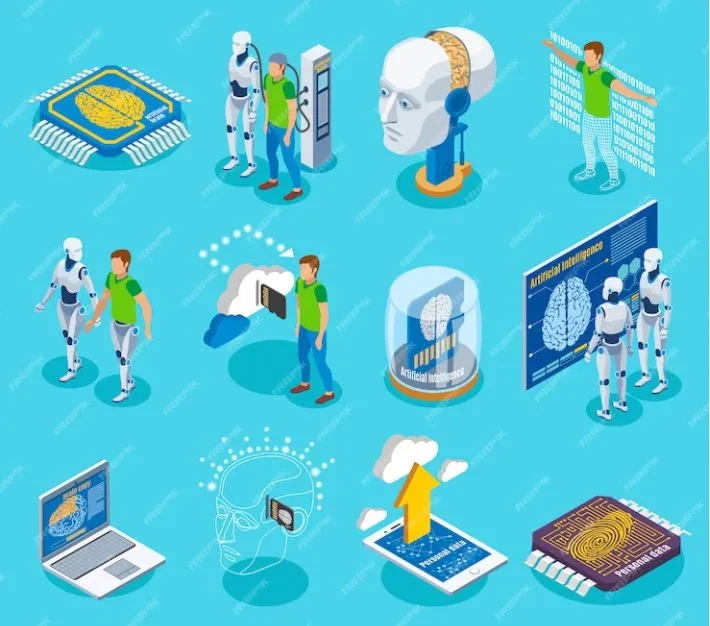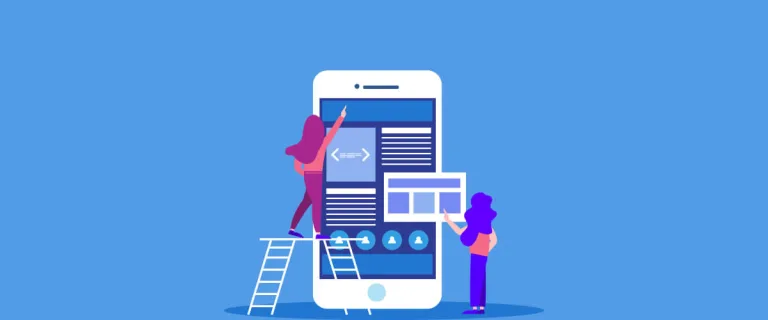At first glance, minimum payments feel like a safety net. The credit card company tells you the lowest amount you have to pay to keep your account in good standing, and it looks manageable on paper. For many people, this option seems like financial breathing room—especially when money is tight. In fact, when faced with multiple bills, some people even pursue options like veteran debt relief to lighten the burden. But the minimum payment system is tricky because it disguises the true cost of debt, making you feel like you’re making progress when in reality you may be digging a deeper hole.
Why the Brain Falls for It
The minimum payment trap works because it plays into how our brains process short-term versus long-term consequences. Paying the smaller amount feels like an immediate win: you kept the creditor happy, avoided late fees, and protected your credit score for another month. But the brain tends to downplay the long-term consequences of only paying the minimum, like interest stacking up over time. The relief you feel from sending in that small payment overshadows the reality that your balance is hardly shrinking.
The Illusion of Control
One of the most dangerous parts of minimum payments is the illusion they create. You feel in control because you’re paying on time, yet the balance barely moves. The statement may even highlight how much “available credit” you have left, encouraging you to spend more. This false sense of stability can lull people into keeping a balance for years. Credit card companies know this, which is why minimum payments are designed to benefit them, not you.
The Real Cost of Convenience
The minimum payment option doesn’t just extend how long you’re in debt—it makes that debt far more expensive. Every month you carry a balance, interest compounds and grows. What might have started as a $1,000 purchase can easily double or triple over time if only minimums are paid. The convenience of low payments now leads to far greater costs later. And the worst part is that many people don’t even notice the snowball until it has grown too large to manage comfortably.
Breaking the Cycle
Escaping the trap starts with awareness. Once you see how little your payment reduces the principal, it’s easier to understand why balances linger for so long. A practical step is to commit to paying more than the minimum—no matter how small the extra amount is. Even $25 or $50 above the minimum can make a noticeable difference in how quickly you pay down debt and how much you save in interest. Another step is to prioritize high-interest debts first, creating momentum and freeing up more cash flow.
read more : Creative Strategies for Building Financial Confidence After Inflationary Shocks
The Emotional Toll
Living in the cycle of minimum payments doesn’t just drain your wallet—it drains your mental health. Many people describe feelings of shame, frustration, and helplessness when they realize how long they’ve been paying without making real progress. This stress can spill over into relationships, work performance, and overall quality of life. Recognizing the emotional impact of debt is just as important as tackling the numbers. Breaking free isn’t only about saving money—it’s about regaining peace of mind.
Changing the Mindset
Getting out of the minimum payment trap requires a mindset shift. Instead of viewing debt payments as something to minimize in the present, think of them as investments in your future. Every dollar you put toward principal is one step closer to freedom. It’s also helpful to reframe your credit card—not as a lifeline or backup plan, but as a tool to be used carefully. By treating credit with respect and caution, you avoid the psychological games that keep you stuck.
Final Thoughts
The psychological trap of minimum payments is powerful because it preys on our natural desire for short-term relief. But the relief is temporary, while the long-term consequences are costly. By paying more than the minimum, building a repayment strategy, and shifting your mindset, you can break free from the cycle and take real control of your finances. For those who feel overwhelmed, solutions like Veteran Debt Relief can provide support, but the most important step is recognizing that true progress comes from going beyond the minimum. Once you do, you move from the illusion of control to genuine financial freedom.







